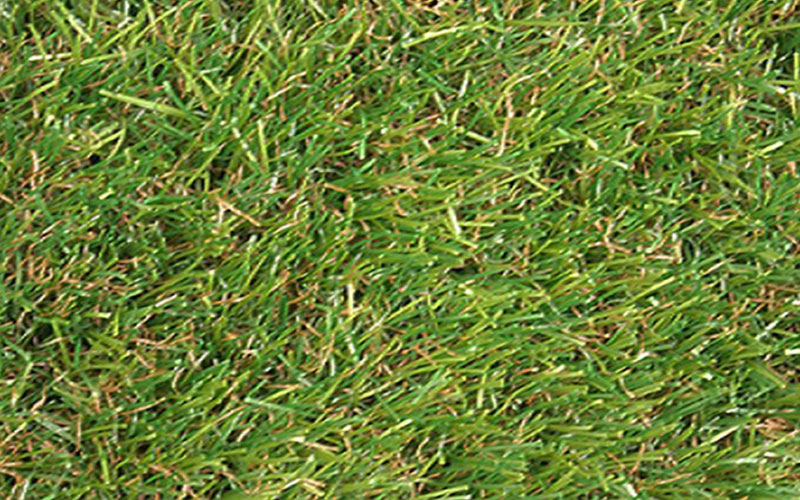Explore The SEVILLE SOD

Seville Grass is considered a dwarf cultivar that is a much finer textured grass than Floratam. Seville is blue-green in color with excellent color retention. Seville tolerates salt, shade, and drought well. Its leaf blade gives it a unique appearance preferred by many homeowners. It is considered one of the most shade tolerant turf grass among the St Augustine grasses.
Learn More About SEVILLE SOD
Grass Watering
It can tolerate wide pH ranges, from the acidic soils often found inland to the high pH soils of the coastal areas. Because Seville can tolerate and persist in areas within a lawn with only 6 to 7 hours of sunlight, it is considered a favorite choice among landscapers for lawns with moderate shade.
Irrigating on an “as-needed” basis is the best way to maintain any established, mature grass, as long as the proper amount of water is applied when needed. Irrigation is needed when leaf blades begin to fold up, wilt, or turn a blue-gray color, or when footprints remain visible after walking on the grass.
Irrigating on an “as-needed” basis is the best way to maintain any established, mature grass, as long as the proper amount of water is applied when needed. Irrigation is needed when leaf blades begin to fold up, wilt, or turn a blue-gray color, or when footprints remain visible after walking on the grass.
Nutrient Management
As a general rule, the first fertilizer application of the year should be early April in central Florida and mid-April in north Florida. In south Florida, fertilizer applications may be made throughout the year since growth is year-round.
University of Florida guidelines for lawn grass fertilization offer a range of fertilizer rates over which a particular species may be successfully maintained in the various regions of the state. These ranges account for the effect that localized microclimates can have on turf grass growth.
A range of rates allows for these environmental variations. An example of this would be a typical home lawn that is partially shaded and partially sunny. The grass growing in the shade needs less fertilizer than that growing in full sun.
University of Florida guidelines for lawn grass fertilization offer a range of fertilizer rates over which a particular species may be successfully maintained in the various regions of the state. These ranges account for the effect that localized microclimates can have on turf grass growth.
A range of rates allows for these environmental variations. An example of this would be a typical home lawn that is partially shaded and partially sunny. The grass growing in the shade needs less fertilizer than that growing in full sun.
Mowing Tip
Proper mowing practices are necessary to keep any lawn healthy and attractive. Standard Seville Grass cultivars should be maintained at a height of 3.5–4 inches. Repeatedly mowing at lower heights increases the stress on the lawn, discourages deep rooting, increases the chance for scalping if a mowing event is missed or postponed due to weather, and may increase susceptibility to pest problems.
Maintaining the right height helps the grass develop a deep root system and gives a better appearance to the turf. No more than 1/3 of the leaf blades should be removed with any mowing. If possible, mowing height should be increased during periods of moisture stress or if the grass is growing in shade.
Maintaining the right height helps the grass develop a deep root system and gives a better appearance to the turf. No more than 1/3 of the leaf blades should be removed with any mowing. If possible, mowing height should be increased during periods of moisture stress or if the grass is growing in shade.

